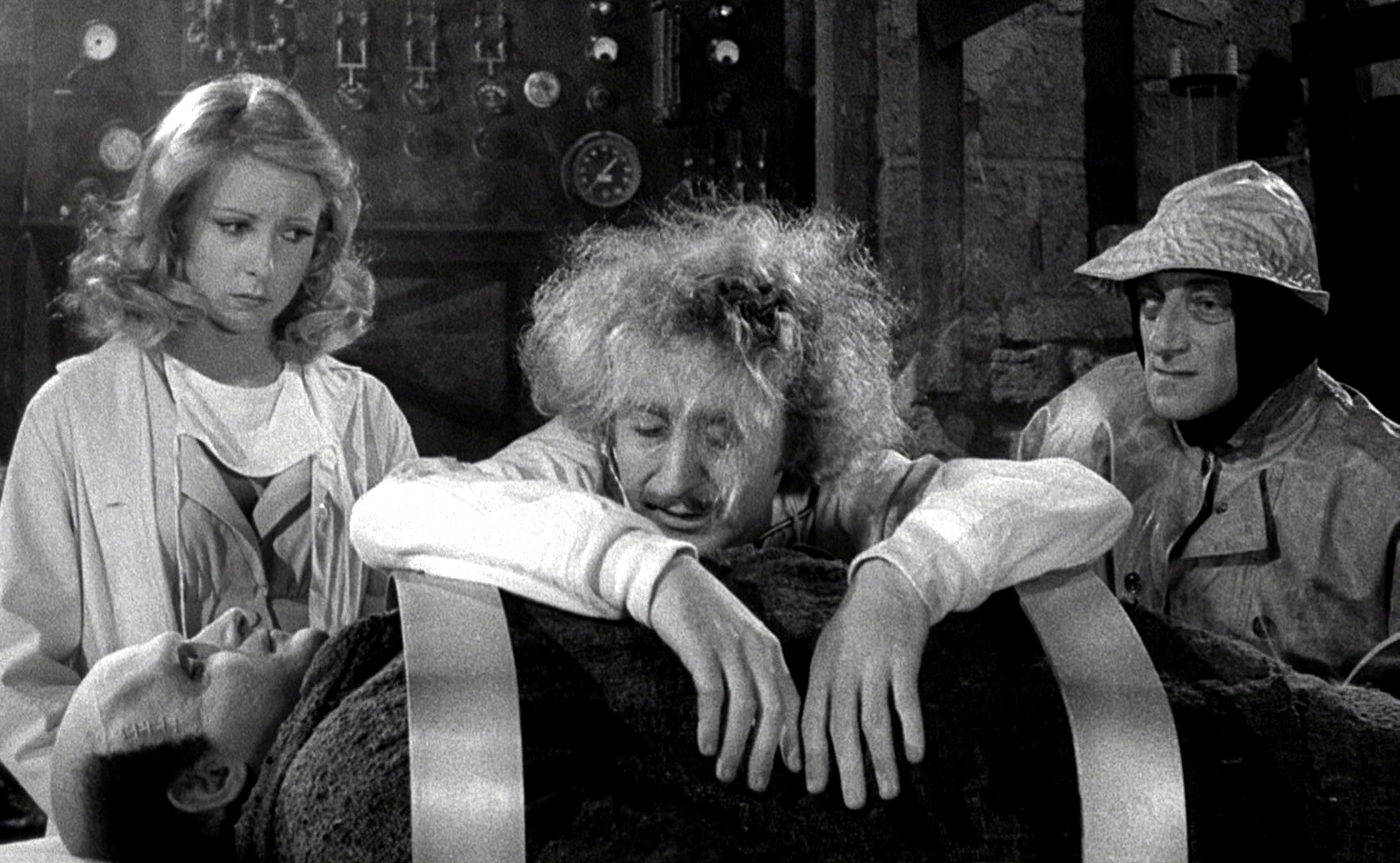Oftentimes when approached by clients and agencies, we’re asked about our creative process at era404. While people can easily see a step-by-step diagram of our development process, broken down by time, cost and client interaction, we have never really outlined how the creative process works here. This is partially because development, which is creative in its own right, is considerably more objective, pragmatic, and analytical. The process is linear, relying on previous checkpoints to proceed to latter ones.
Design, on the other hand, grows organically and chaotically. It pushes forward and outward in untraceable trajectories. If one thinks of development as a relay race with the baton being passed at regular relay points, design is more like a quixotic multi-player game of capture the flag. It’s undoubtedly the most challenging, gratifying (and possibly frustrating) part of our job here, riddled with stops, starts, reorientation, redirection, hidden doors, trap floors, exploration, and trial and error, relying purely on experience and gut instinct to reach the goal. And while the description above sounds daunting, it’s the primary reason we love our jobs so much.
So, depicting our creative process in a linear diagram like our development process is impossible. But each design roughly follows the same objectives along the uncharted path, which, coupled with client feedback and critiques, act as polestars in guiding us to their completion. Below are those objectives, distilled and organized as they would be in a perfect world, free of the organic and beautiful growth of real-world scenarios…
